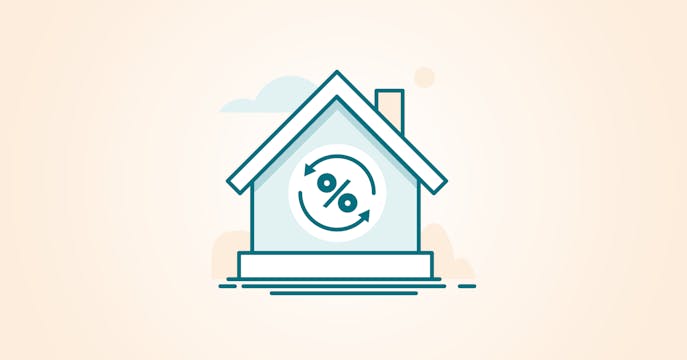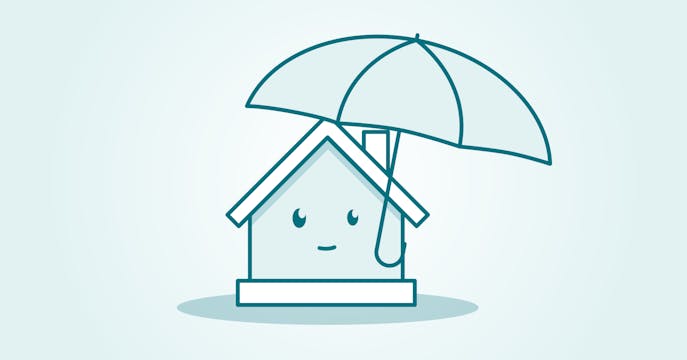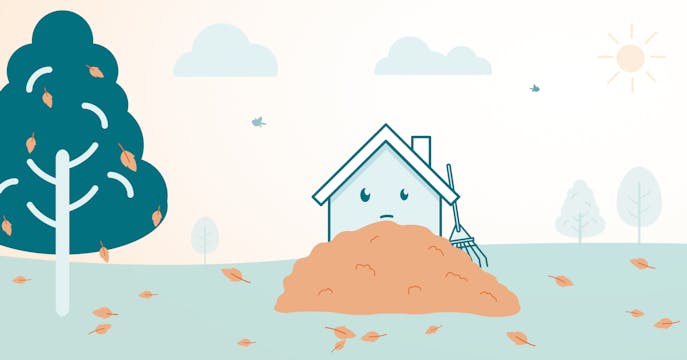What does an 'insured' refinance mean?
Not available to any homeowner since 2016, the government had removed insured refinancing to discourage Canadian homeowners from taking on more mortgage debt.
Insuring a mortgage refinance through a default insurance provider (legally required on home purchases with less than 20% down payment) means that the new loan is backed by the government if the borrower can't make payments.
The insurance allows the homeowner certain benefits, like the ability to borrow more funds against home equity and access lower 'insured' mortgage rates. (Insurance premiums are charged, which are usually added to the mortgage balance.)
A typical refinance is an uninsured mortgage product that allows home equity access only up to 80% LTV (loan-to-value) and comes with higher mortgage rates due to the increased lender risk.
What are the benefits of using insured refinancing to build your secondary suite?
- Access lower rates compared to a HELOC, unsecured LOC (Line of Credit), or conventional refinance
- Borrow more than with a HELOC or conventional refinance, which usually only allows up to 80% LTV
- Access refinancing even if your current home equity is less than 20%
- Potential to increase your home's value by adding a rental suite
- Increases financial ability to add a future income source (rental)
What are some drawbacks of this insured refinance purpose?
- Potential to overleverage home equity and take on more mortgage debt
- Extending to a 30-year amortization means paying more insurance premium, more interest, and paying for longer
- Construction costs may run over the amount borrowed
- Taking on landlord responsibilities may become stressful depending on tenant issues
- The suite may not improve the home's value as much as anticipated
- Rental income is not guaranteed and may impact ability to keep up mortgage payments
Can you break your current term to get an insured refinance?
A refinance is considered a new mortgage contract. Breaking your existing mortgage contract mid-term to access an insured refinance could incur expensive penalties.
If you wait until your renewal period, your refinance is penalty-free. (Set a friendly renewal reminder here.)
Laneway homes are classifed as a secondary suite, but detached.
A laneway home is a small, detached residential dwelling built in the backyard of an existing property, typically fronting onto a laneway rather than a street.
These stand-alone secondary suites are part of a growing trend in some urban areas to increase housing density and make better use of property space. A laneway home is generally considered part of the same property as the primary home, and so (usually) does not require a separate mortgage.
However, as with any secondary suite, there are zoning regulations, permits, and potential property value impacts that must be considered before construction, and rules may vary by city.
Will insured refinances tie into the government's Secondary Suite Loan Program?
According to the federal government, homeowners who access insured refinances to build secondary suites can also apply for the Secondary Suite Loan Program, launching in 2025-26.
This program says it will allow access to up to $40K in low-interest loans toward this type of home upgrade. Further program details will be announced in the coming months.
Home (Suite) Home?
Nothing much is 'suiter' than saving money, time, and stress on your mortgage solution, personalized through expert care.
Whether you decide to add a fully-contained suite or not, or your financial details are straightforward or more complex — we're here to help you get your best rate and product for a (mortgage) lifetime of savings.
Plus, our expert, unbiased advice can help you in more ways than one.
For example, are you aware of alternative ways to reduce your mortgage commitment?
Talk to a friendly True North broker about multigenerational and co-ownership strategies to increase your home affordability.
Anywhere you are in Canada, we offer convenient ways to apply or get great advice — online, over the phone or by email, or drop by a True North store near you.




